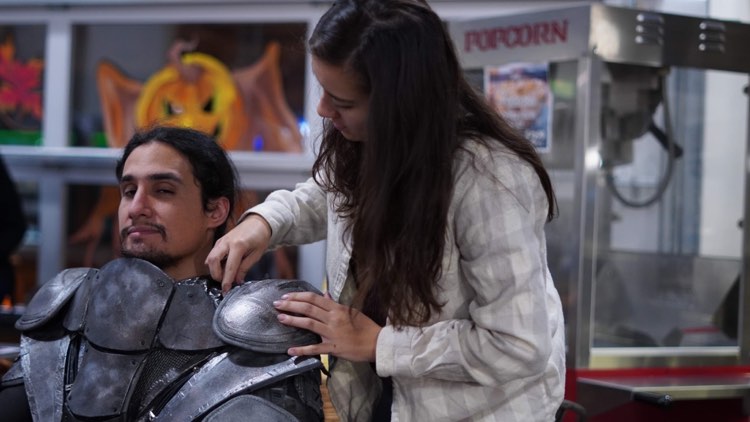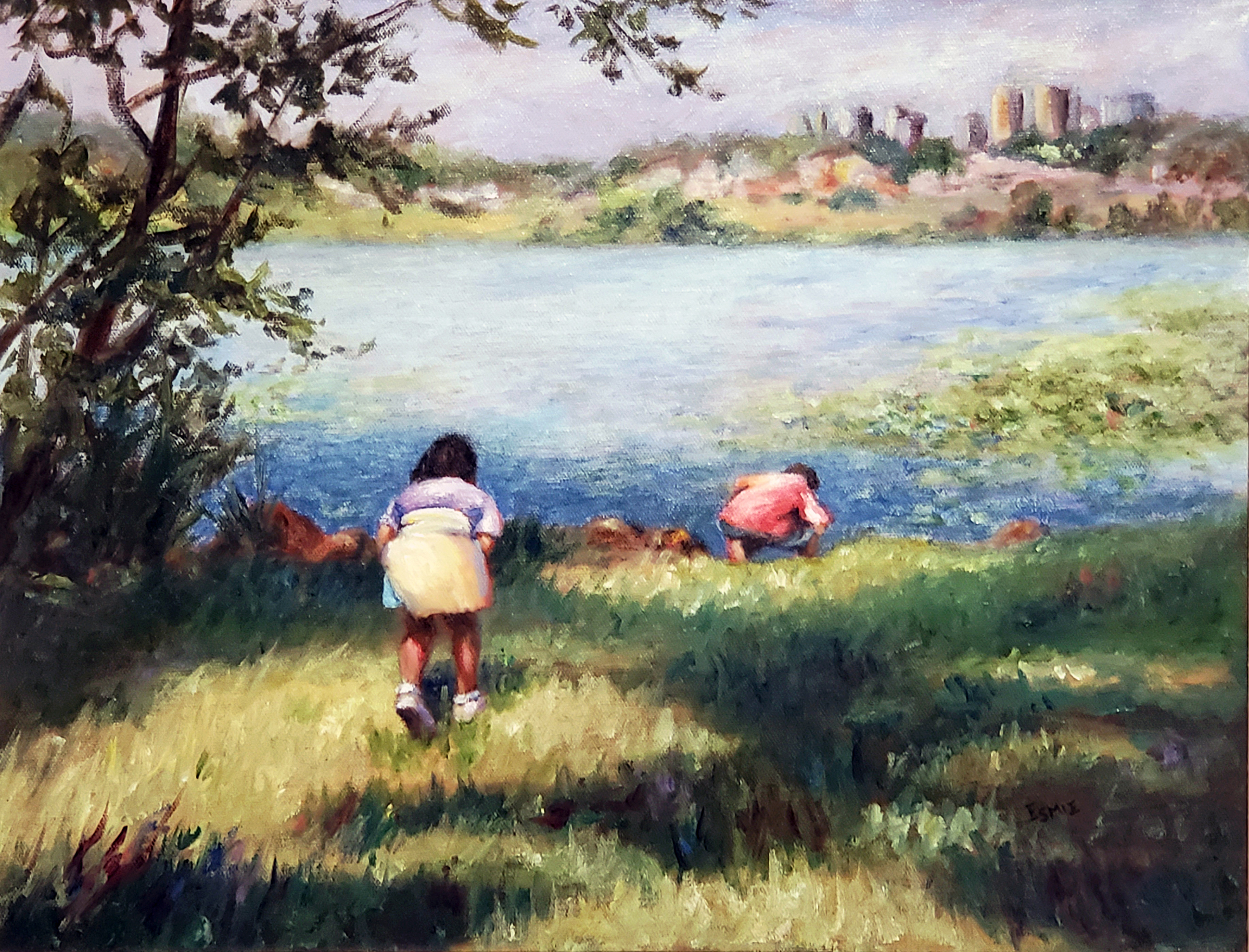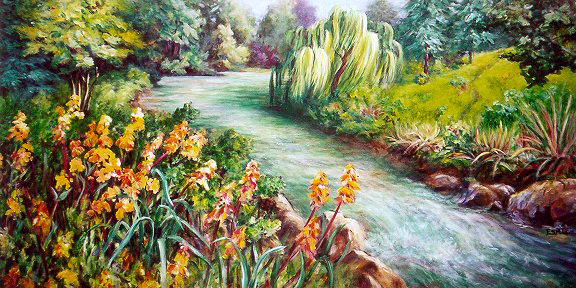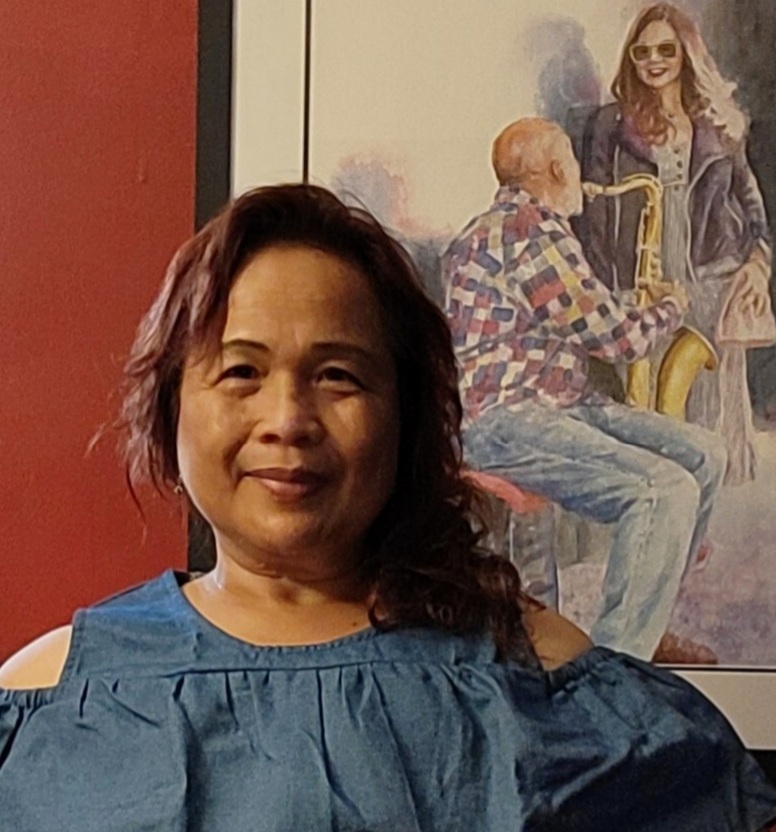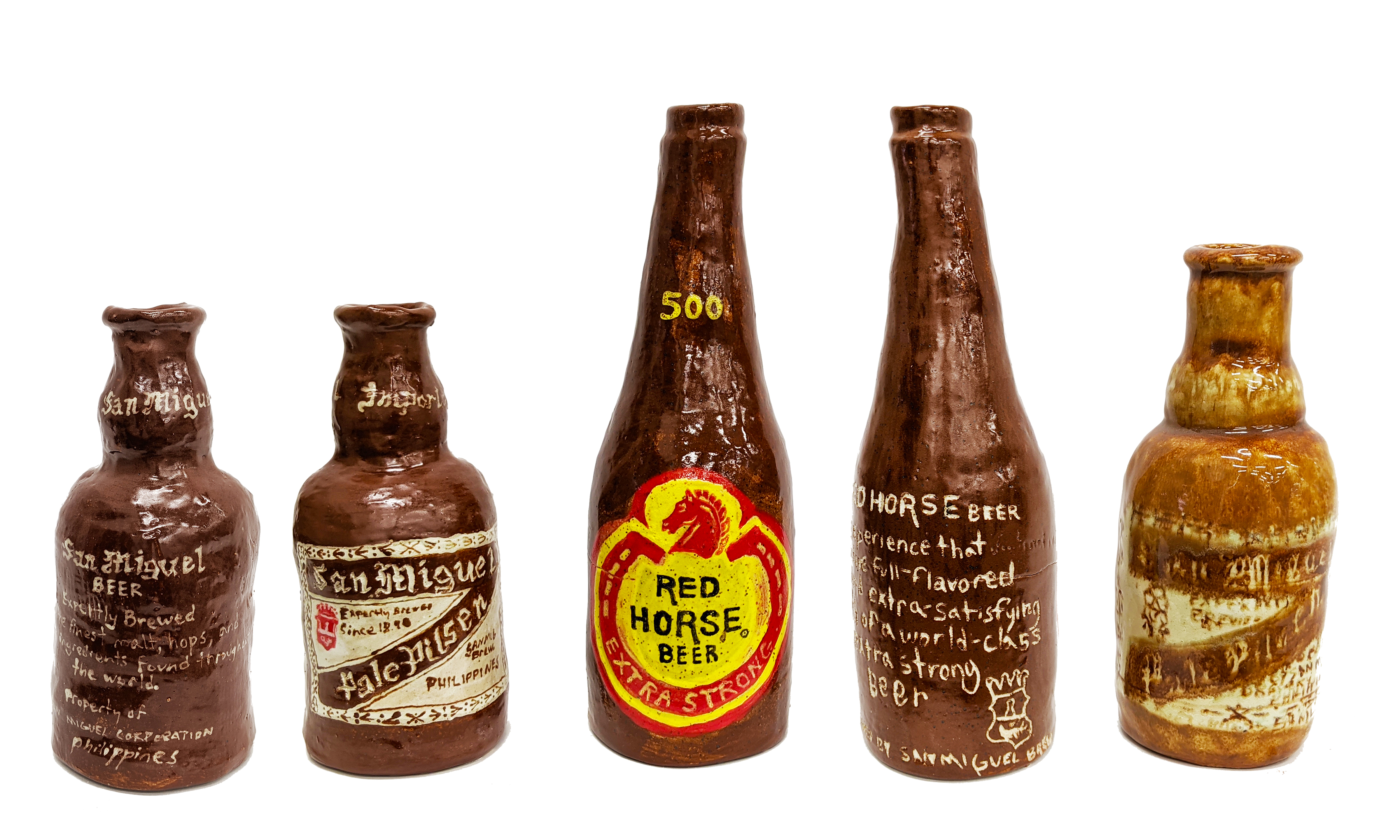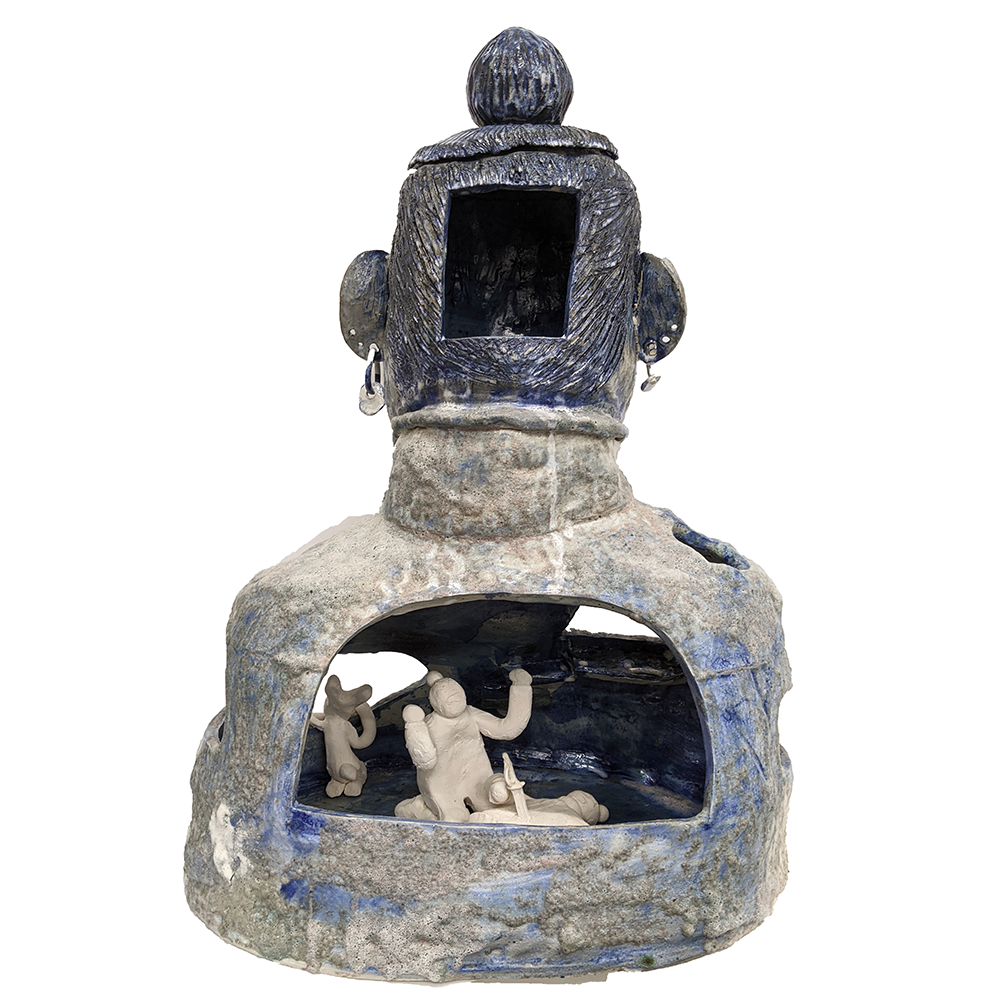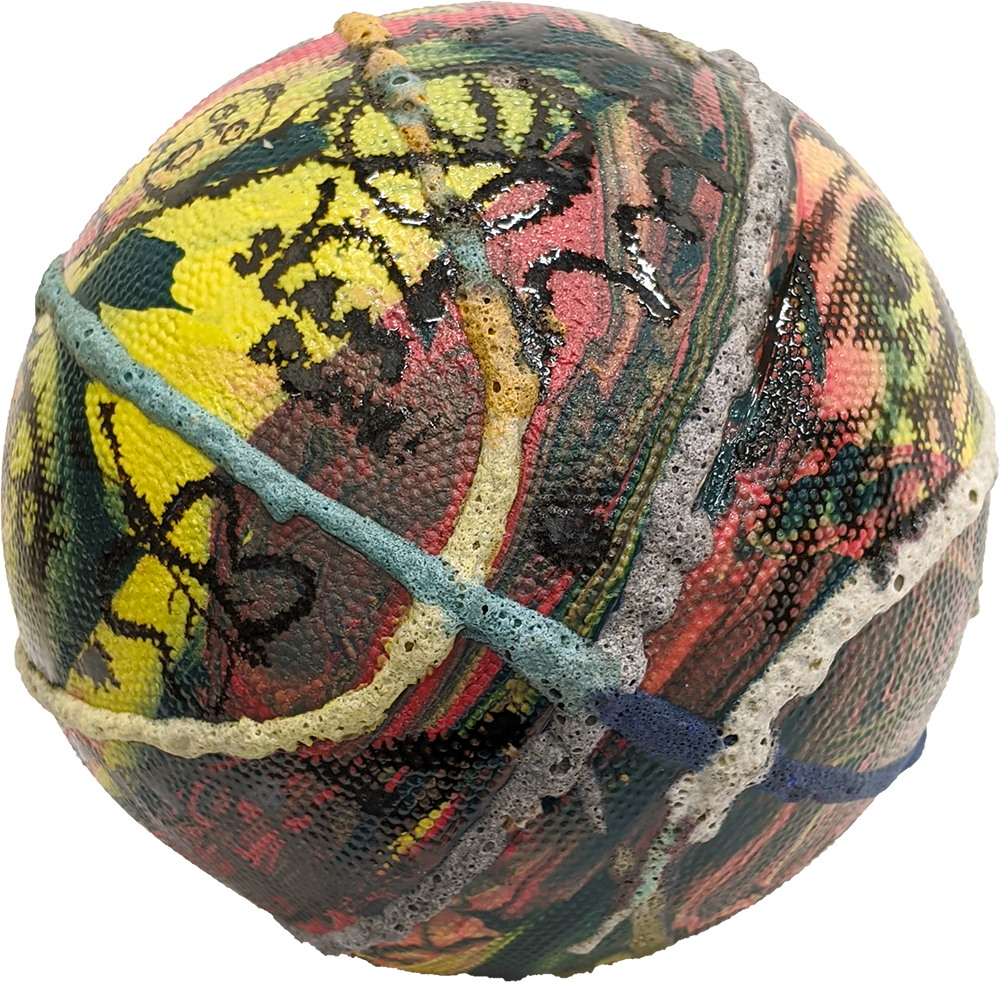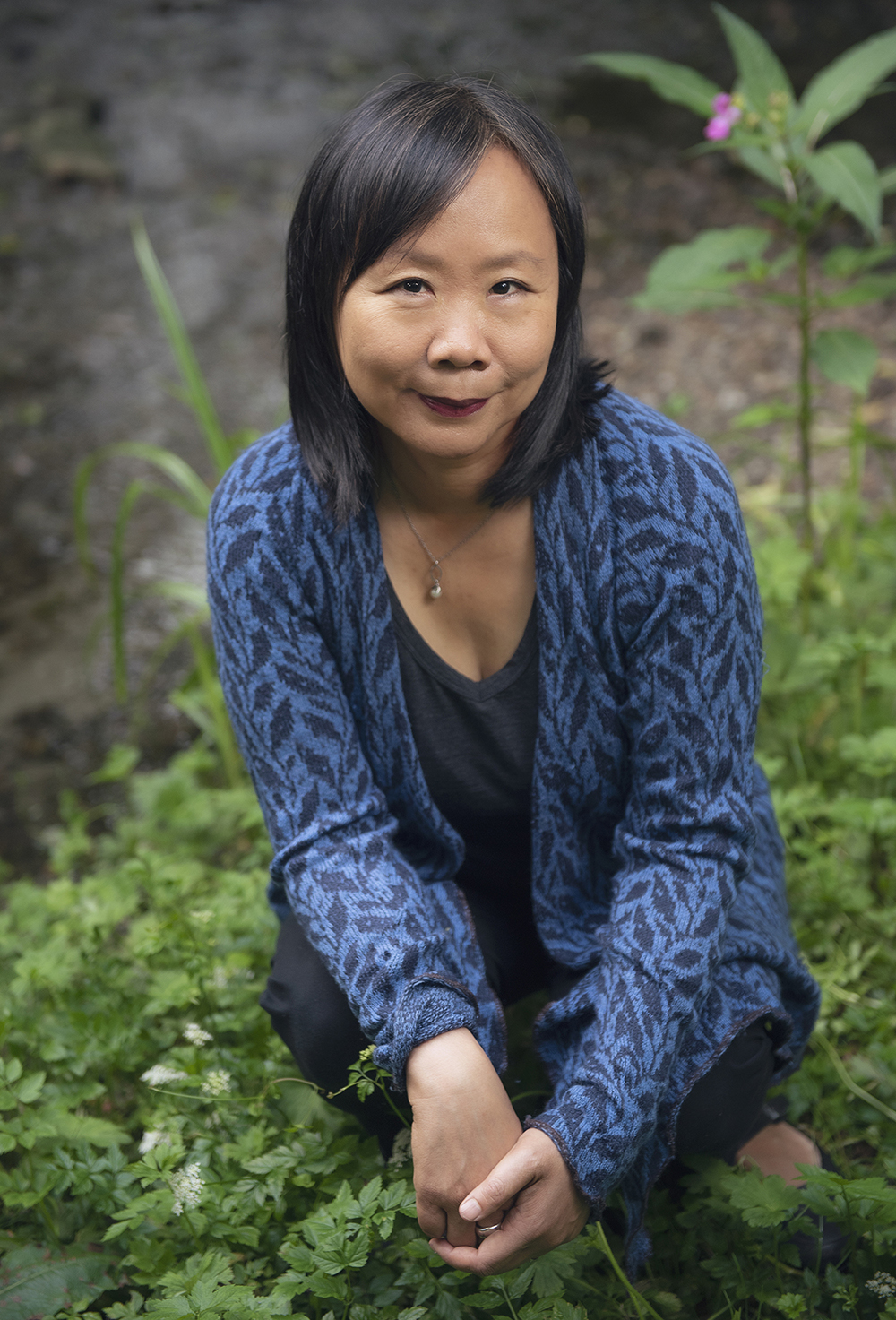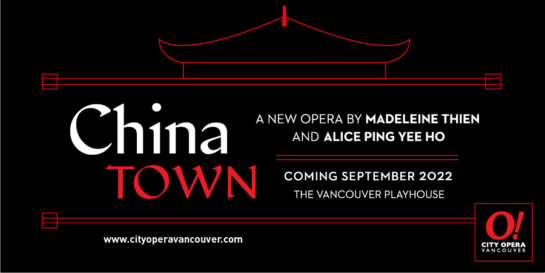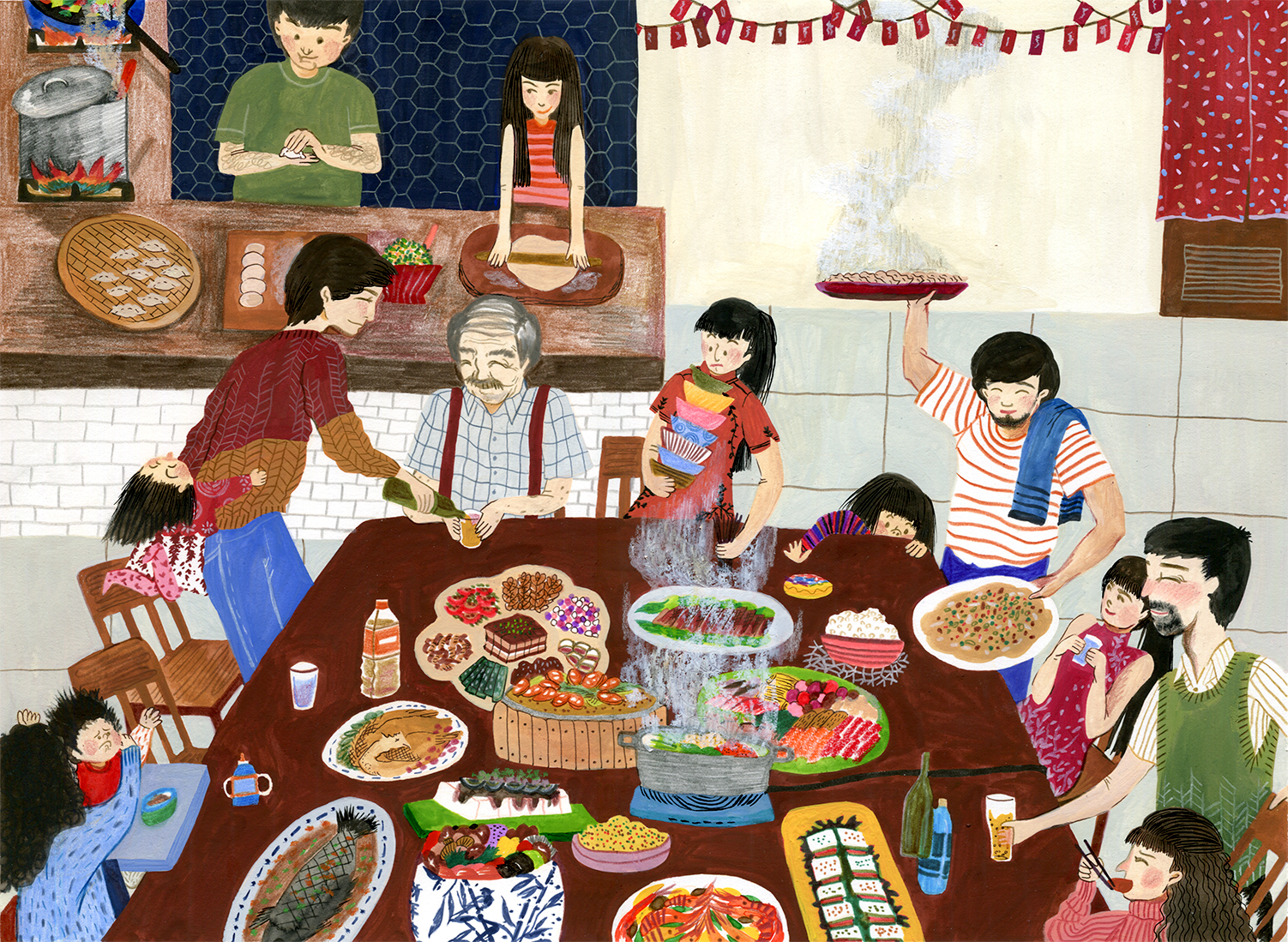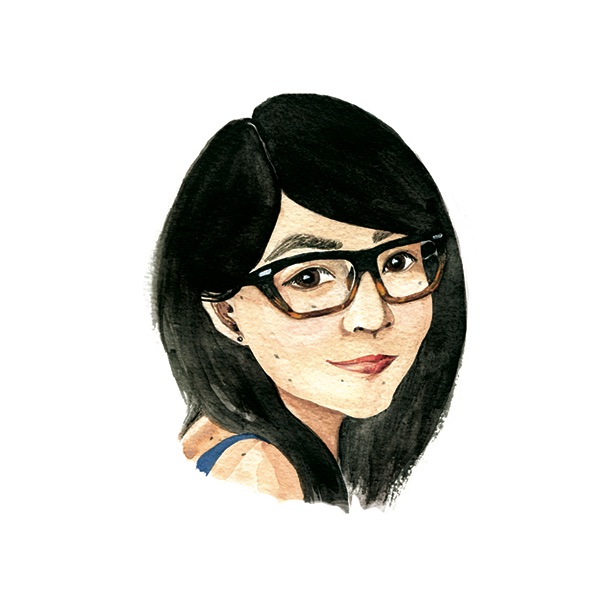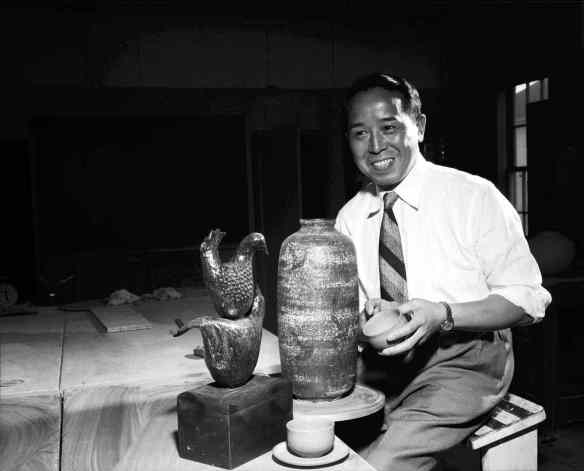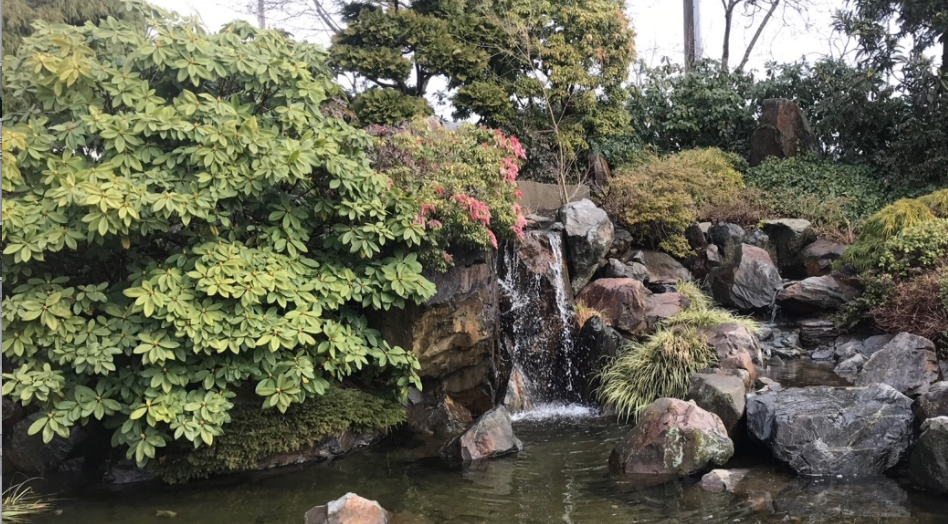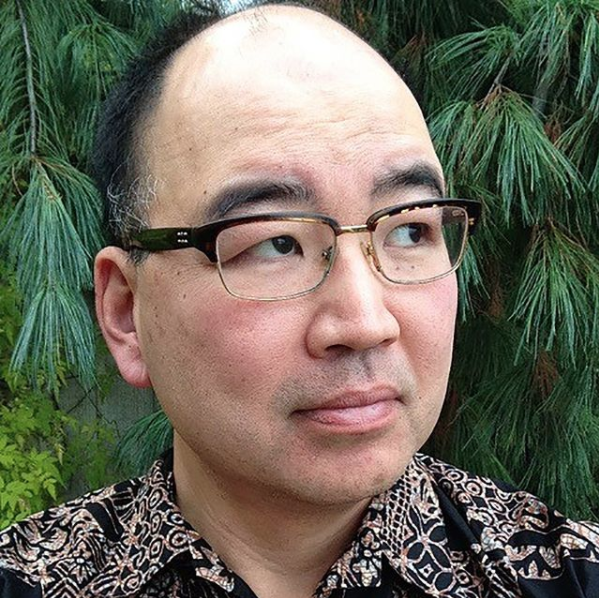The Vancouver Asian Film Festival (VAFF), Canada’s longest running Asian film festival, just recently celebrated its 25th year anniversary. With its theme of “Past, Present & Possibilities,” VAFF once again showcased the remarkable talents and achievements of Asian Canadians in cinema. VAHMS caught up with one of the featured directors: Stephanie Wong, a Vancouver-based multidisciplinary queer artist who directed a stop-motion animated short called bàba ??.
Congratulations on being featured in the Vancouver Asian Film Festival! What was that experience like?
Super surreal! It was an honour to be featured alongside incredible local talent, and to be able to witness so many other incredible artistic creations. I’m thankful to my collaborators Ryan Alexander McDonald and Ben Elliot for the tremendous work they put into making it happen. I’m still in awe and shock that our first foray into stop motion (made through household scraps, a $750 budget, and a pandemic), has been able to travel internationally to film festivals a year later.
How has your identity (being mixed) influenced your work?
My intersecting identities are inherent in everything I do. I’m now arriving at a place where I can experience the multiplicity of my identity and still feel whole, rather than ‘half’ or ‘other’ or ‘not enough.’ Drawing from the diversity of my lived experience has given me a creative practice that feels rich. I am grateful to have these expansive, overlapping lenses that allow me to respond to the world with more varied understanding.
What’s your biggest inspiration?
Honestly, my friends are my biggest inspiration. I am so lucky to be surrounded by creative, kind, generous people who are invested in the growth of themselves, their loved ones, and the people around them. Being a part of a community who chooses compassion and change is incredibly moving.
Are there specific subjects or themes you return to regularly in your work? If so, what are they and do you know why?
As someone who identifies with many communities while struggling with being othered, I gravitate towards themes of connection and belonging. I’ve been investigating perspectives in storytelling, how stories get revised, and how that impacts what is distilled in modern culture. I’m drawn to whimsical and sensory aesthetics, which I think is an attempt to resurrect the magic I felt growing up that has been lost over time.
bàba was an incredibly touching and intimate film. What inspired you to make this stop motion?
Since I was a little child, I have always been terrified of moths and butterflies. When my father passed away, a moth came to our home. My cousin told us not to kill it, as it was probably my father returning in moth form to visit. This is when I learned that in Chinese culture moths are symbols of loved ones returning to the world of the living. Learning to accept what instilled fear in me so that I could honour and remember my father was a profound journey for me. I wanted to capture this experience of grief, which eventually led to the creation of bàba.
What initially sparked your interest in animation, and specifically stop motion for bàba?
I’ve always loved more traditional forms of film creation, like hand-drawn animation and puppetry (think Jim Henson). bàba was an iteration of my graduating theatre solo show, Yuanfen, which was similarly about escaping the grieving process by activating memories of a loved one. When the pandemic first hit, I lost all of my work. A grant from the National Theatre School of Canada came out offering $750 for recent graduates to create whatever art they wanted. Bringing together my set design skills and theatre creation, I decided to try interpreting Yuanfen as a stop motion film to lean into the abstraction of this story. Through this process I found stop motion to be quite a versatile medium, in that you can string together many moments and images to create a full story.
I’ve noticed the use of origami for the animals featured in bàba. Was there a specific reason for this decision?
Growing up, I loved the practice of origami. I remember that for one show-and-tell in elementary school, I brought in all of my paper creations and origami books. Creating various images and shapes through a simple sheet of paper felt like magic.
The use of personal photographs in bàba give the film a really intimate touch. As a director, do you find it difficult to showcase something so personal with your work?
Absolutely! I was terrified to put this out in the world for fear of it being too personal, too self indulgent, or too abstract. It’s a hard balance, and I hope that the humanizing aspect of the photograph helps focus some of the abstraction into something that resonates with people.
I’m constantly amazed at the amount of time, work and detail that goes into stop motion. What is it that you loved most about creating this animation, and what is perhaps your least favourite part?
My two favourite moments were watching the first sequence we shot played back for the first time, and seeing the full video set to the music that Ben Elliott composed. Both moments felt like magic to me.
The most challenging part was being in the middle of lockdown, which meant the cinematographer Ryan McDonald and I had to do most of this project while socially distanced. I built the sets and props at home, he picked them up to bring them to his house, and then I had to direct over Zoom for weeks. It would have been much better if we’d been together for the entirety of shooting!
As in anything, I’m sure there are times when things go completely wrong, or just don’t work out as planned. Do you have any experiences where this has happened? Any hard lessons learned?
It was tough to discover 30 frames into a sequence that the movements weren’t doing exactly what we wanted, or that a mistake had been made. We would have to go back and put in another hour or more into reshooting that sequence, which can be quite a challenge!
What do you hope people will take away from bàba? What would you like them to experience and think about?
I hope that it encourages people who are experiencing grief to see the memories as a place to honour and heal, not a thing to fear. I also hope it encourages people to look at the ordinary and familiar with new curiosity and imagination.
What is a dream project you would like to take on?
I would love to contribute my artistry to an indie video game. I’m a huge fan of cinematic games and I’ve been seeing a lot of my theatre colleagues move into the video game industry. I think it would be a thrilling challenge to develop branching narratives in an immersive medium.
What future projects can people look out for?
Next year at the Gateway Theatre in Richmond, I will be co-leading and designing Into the Light: An Immersive Lunar New Year Experience. Then later in the year, I will be returning to re:Naissance Opera to direct the second season of The Apocrypha Chronicles, a sci-fi / documentary podcast. You may also hear my voice in an upcoming indie video game, which will be announced sometime next year.
Where can people follow you and your work?
Check me out on instagram at @wongchoices
Watch Stephanie Wong’s bàba here:
Stephanie Wong’s Bio:
Born in Hong Kong, Stephanie Wong (she/her/hers) is a multidisciplinary queer artist of Chinese-Italian heritage, now living on the ancestral and unceded lands of the x?m??kw?y??m (Musqueam), Skwxwú7mesh (Squamish), and S?l?ílw?ta? (Tsleil-Waututh) peoples (Vancouver, BC). A graduate of Studio 58’s Acting Program, Wong now works professionally as a director, dramaturg, production designer, and actor in both live performance and digital mediums. She is a core member of the emerging collective happy/accidents, and is the Artistic Associate and Director of Productions at re:Naissance Opera.
By transferring her multidisciplinary skills to the digital landscape, Wong infuses that ‘theatre magic’ into various digital mediums. She has created stop motion films from miniatures and maquettes, directed sound worlds and stories for podcasts, and provided dramaturgy for a new operatic VR videogame. Her first short film bàba (written, directed, animated, and designed by Wong) has now made its way to film festivals in Vancouver, New York, LA, London, and Berlin. By honouring the intersections of her professional and personal experiences, her art amplifies stories of culture, connection, and coexistence.





